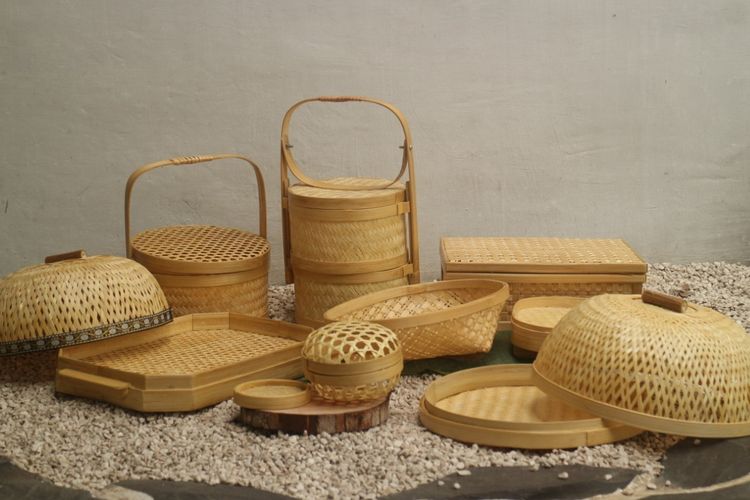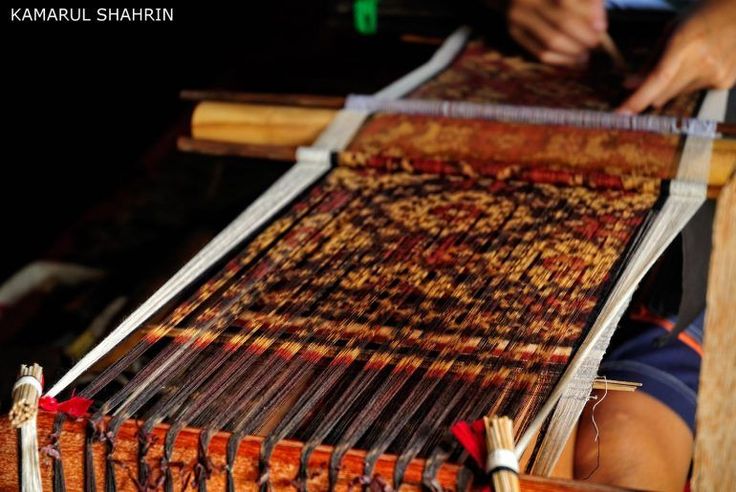Preserving Tradition The Art of Balinese Weaving.
In the lush, vibrant landscape of Bali, amidst swaying palm trees and ancient temples, lies a tradition as rich and intricate as the island itself: Balinese weaving. This age-old craft, passed down through generations, is more than just a means of creating textiles—it’s a cultural cornerstone that embodies the essence of Balinese identity.
A Tapestry of Tradition:
Balinese weaving is a multifaceted art form that encompasses a diverse range of techniques, materials, and designs. At its core lies a deep connection to nature, as weavers draw inspiration from the island’s abundant flora and fauna. From the whispering bamboo groves to the fragrant pandan leaves, every element of Bali’s environment finds its way into the weaver’s repertoire.
One of the most prominent weaving techniques in Bali is ikat, a method that involves intricately dyeing the threads before weaving them into patterns. This meticulous process results in mesmerizing geometric designs that dance across the fabric, each thread imbued with the weaver’s skill and creativity. Another celebrated technique is songket, which features luxurious metallic threads interwoven with silk or cotton, creating shimmering textiles fit for royalty.
The Soul of the Craft:
But Balinese weaving is more than just a display of technical prowess—it’s a reflection of the island’s cultural heritage and spiritual beliefs. For Balinese communities, weaving is not merely a craft but a sacred practice that is deeply intertwined with rituals, ceremonies, and daily life.
In the villages of Bali, weaving is a communal affair, with entire families coming together to spin yarn, dye threads, and operate looms. These gatherings are not only a way to preserve tradition but also a time for storytelling, laughter, and connection—a celebration of shared history and shared creativity.
Guardians of Tradition:
Despite the modern challenges facing traditional crafts, Balinese weavers remain steadfast in their commitment to preserving their heritage. Organizations and cooperatives have been established to provide support and resources to local artisans, ensuring that the knowledge and skills of weaving are passed on to future generations.
One such initiative is the Threads of Life organization, which works with weaving communities in Indonesia to promote sustainable practices and fair trade. By empowering weavers economically and environmentally, these initiatives are not only preserving traditional crafts but also uplifting communities and fostering cultural pride.
Threads of Change:
In recent years, Balinese weaving has undergone a renaissance of sorts, as a new generation of artisans infuses the craft with fresh perspectives and innovative techniques. While honoring the time-honored traditions of their ancestors, these young weavers are also exploring new materials, experimenting with contemporary designs, and finding new avenues to showcase their work on a global stage.
From high-end fashion runways to artisanal markets, Balinese weaving is gaining recognition as a symbol of authenticity, sustainability, and cultural heritage. As consumers increasingly seek out handmade, ethically sourced products, Balinese textiles are finding a renewed appreciation for their beauty, craftsmanship, and cultural significance.
A Legacy Woven in Time:
As the sun sets over the terraced rice fields and temple spires of Bali, the rhythmic clack of the loom echoes through the village, a timeless reminder of the enduring spirit of Balinese weaving. In every warp and weft, in every pattern and motif, lies a story—a story of resilience, creativity, and reverence for the natural world.
Balinese weaving is not just a craft—it’s a living legacy, a testament to the ingenuity and artistry of the Balinese people. And as long as there are hands to spin, hands to dye, and hands to weave, the tradition will continue to thrive, weaving together the past, present, and future of this enchanted island.

